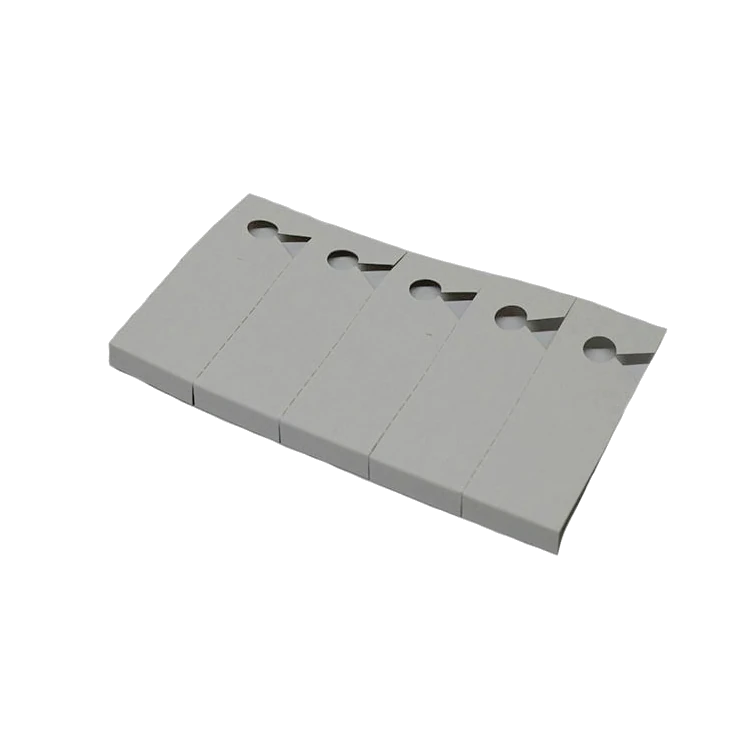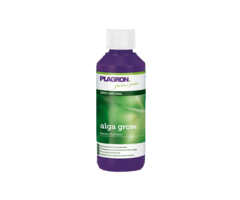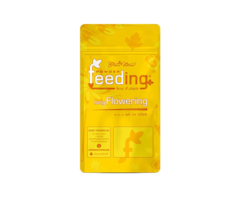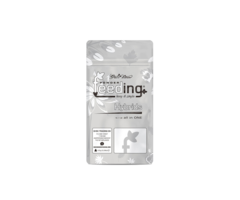BioBestrijding | Parasitic Wasp against Whitefly ~ Encarsia Formosa
BioBestrijding Parasitic Wasp against White Fly
Attention! This product consists of live animals and is only available for order in the Netherlands or Belgium. If you order more than just Bio Fight, there will be an additional charge of € 7.95 due to dropshipping from the supplier.
The Encarsia formosa parasitic wasp is the most widely used natural fighter of the white fly. The parasitic parasitic wasp exclusively parasitizes the white fly. The female lays her eggs in the larva of the white fly causing the white fly larva to die. The parasitized larvae can be recognized as black larvae. A single female parasitic wasp kills up to 300 white fly larvae in their 2 to 3 week life cycle. In addition, about 30 larvae are also killed by host feeding. An adult Encarsia parasitic wasp is sun 0.6 mm in size and is black in color with a yellow abdomen. The effect can usually be seen after 2 to 3 weeks after introduction. Then the first parasitized whitefly pupae will be visible in the crop.
Quantity required
These parasitic wasps are delivered as wasp pupae. These are parasitized larvae of the whitefly which contain the pupa of the parasitic wasp. From each pupa, an ichneumon wasp is born which then immediately begins parasitizing the larvae of the white fly that are present. The larvae are attached to cards that you can easily hang up in the crop. When a parasitic wasp is born, the black, empty pupae remain behind.
We deliver the parasitic wasps as follows:
- 500 larvae attached to 5 cards (5 x 100 pieces).
- A total of 500 parasitic wasps is enough for 10 square meters.
Release instructions
- Put the package with parasitic wasps directly down near the plant after arrival.
- Open the package carefully near the plant and let any hatched parasitic wasps fly out.
- Remember to handle the package carefully and do not press the pupae to death. Do not touch the pupae!
- Hang the cards on leaf stalks in the plant, avoid direct sunlight.
Temperature and Humidity
The parasitic wasps can be used from March to September. The parasitic wasps are active at temperatures of 18 degrees and need sufficient daylight. They feel most comfortable at 20 to 27C and a relative humidity of 60 to 70%, which is why in sunny and warm weather the plants should be watered once a day. Because the Encarsia parasitic wasps need a lot of daylight, winter use is not possible.
Storage advice
Biological parasitic wasps are living animals and have a (very) short life span and should therefore be introduced into the crop as soon as possible after receipt. Storage can affect the quality and is only possible under the conditions mentioned below.
- Storage life: 1-2 days
- Storage temperature: 8-10C
- Store in the dark and flat








